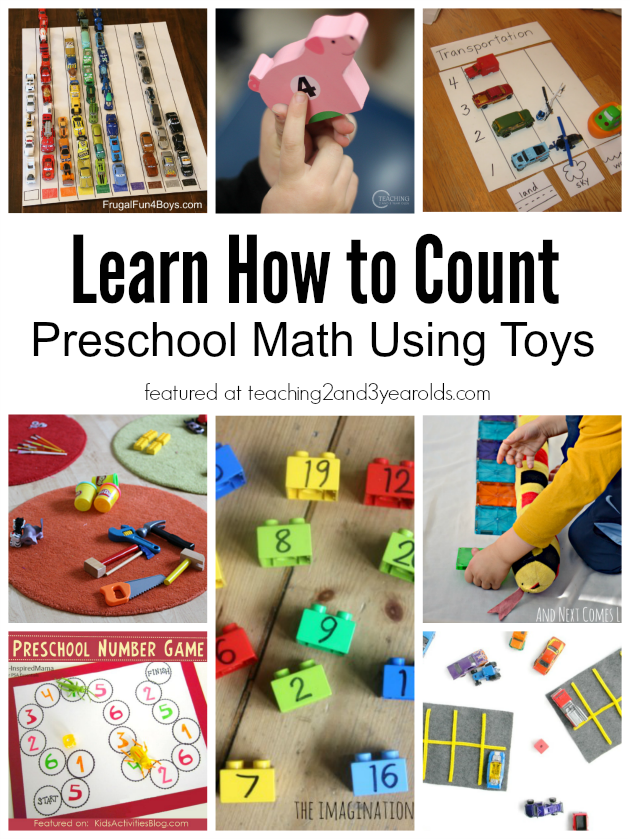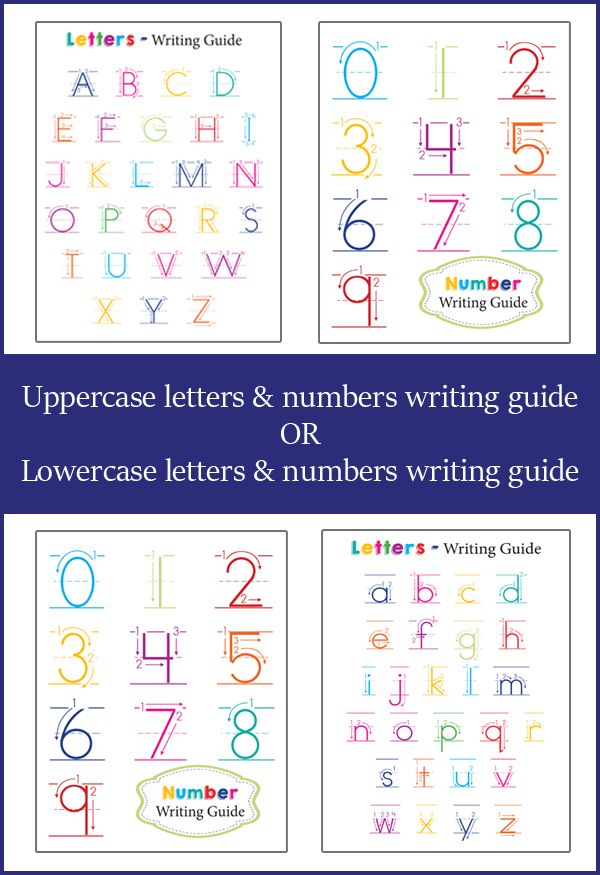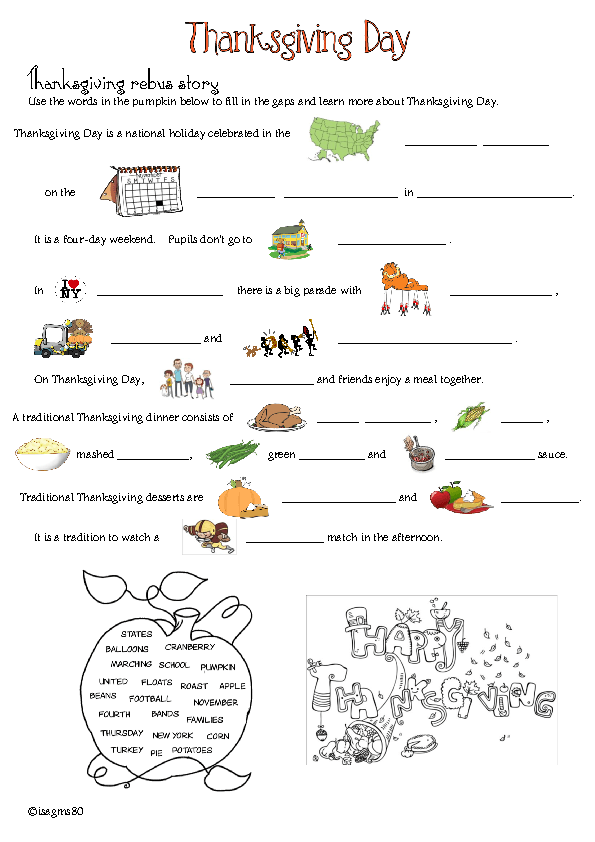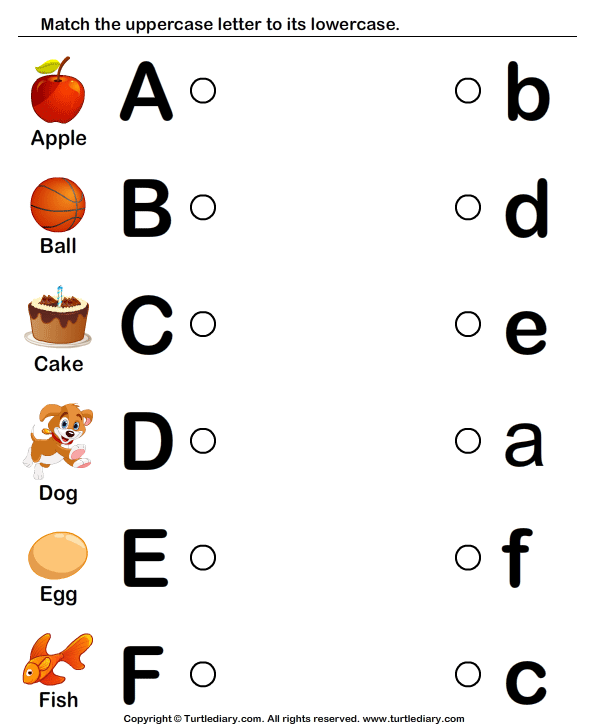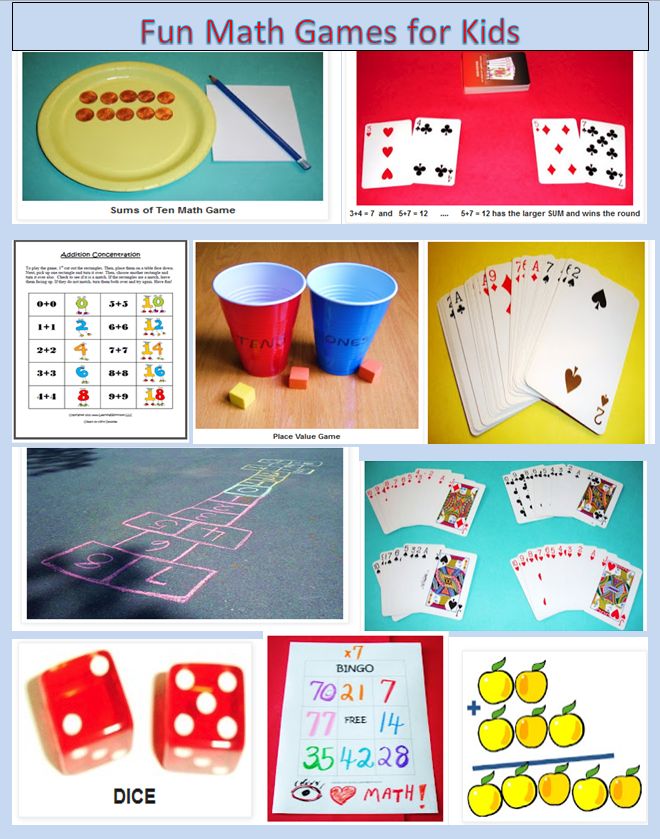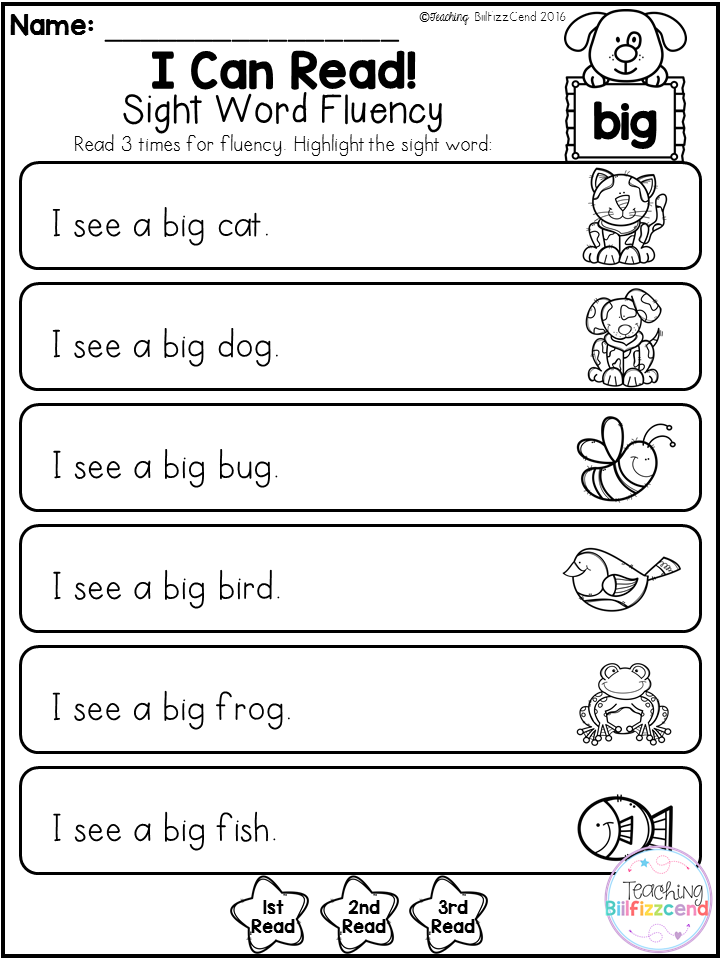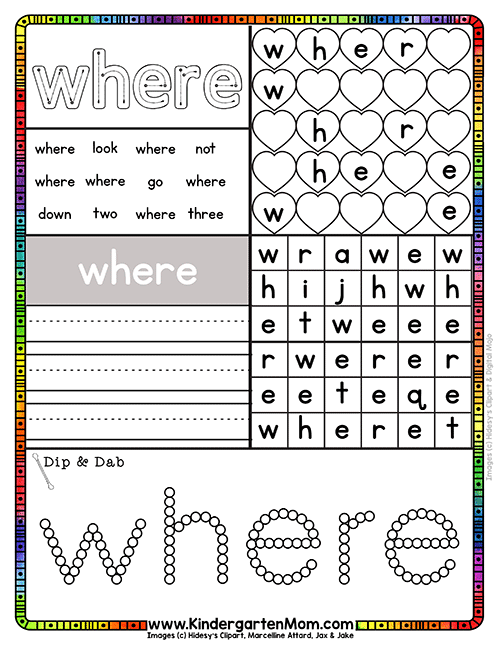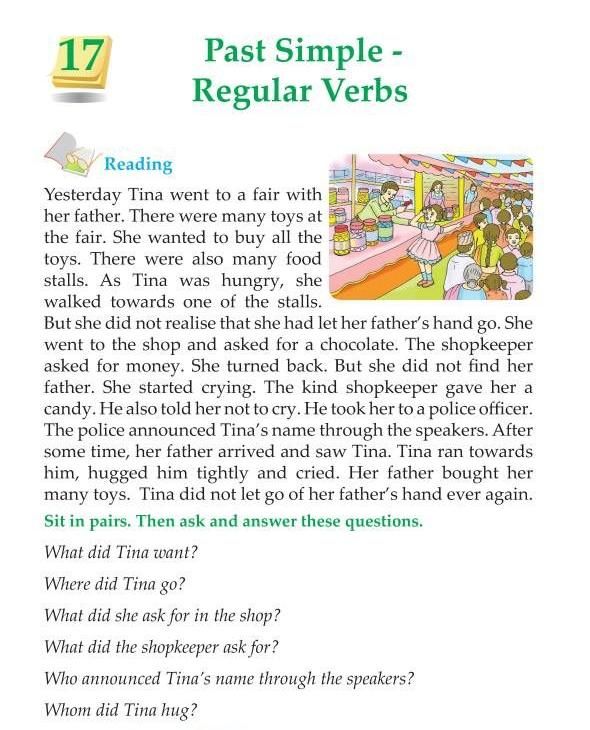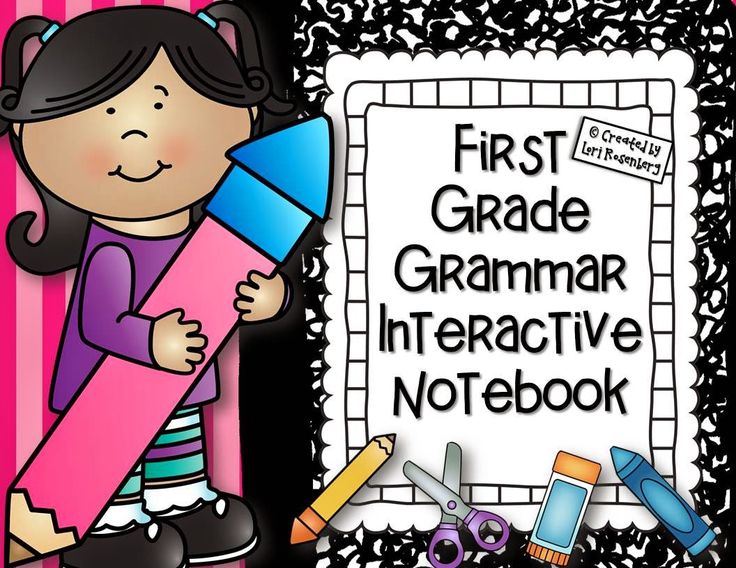How to teach preschoolers
Your Preschooler Ages 3-5 - First Things First
Children ages 3 to 5 are learning many new skills. They play games, run and climb and start to learn letters and numbers. But they can have a hard time seeing things from someone else’s point of view. Although your child may seem more grown-up now, she still needs your help and guidance.
Encourage Creativity
- Make a place for your child to play with chalk, crayons, markers, paints and paper. Choose a place where she can make a mess.
- Tape newspaper or drawing paper to a washable floor.
- Give her washable markers, chalk or big, nontoxic crayons.
- Ask your child to tell you what she is making, and praise her efforts.
- For more craft ideas, visit Enchanted Learning.
Learning Social Skills
During play, children explore new feelings, ideas and skills. They create make-believe stories and games. They are learning how to play with each other, how to relate to adults and how to handle their anger and fears.
Your Child’s Fears
It is normal for young children to be fearful at times. They may be afraid of strangers or of being away from you. They may be afraid of dogs, loud noises or the dark. They are more likely to be fearful when there is change or stress in their lives. Their fears may cause nightmares. Let your child know that everyone is afraid at times and that you will keep her safe.
Checking on Your Child’s Development
Doctors check on the development of all children at well-child visits. They ask questions and use screening tools to measure how your child plays, learns, talks, acts, and moves. If you are worried that your child is not developing like others his age, tell his doctor. More thorough tests can be done.
THINGS YOU CAN DO
Help Your Child Be Ready for School
- Encourage your child’s curiosity. Answer his questions with simple explanations.
- Support his interest in pretend play. Join in when he asks you to.
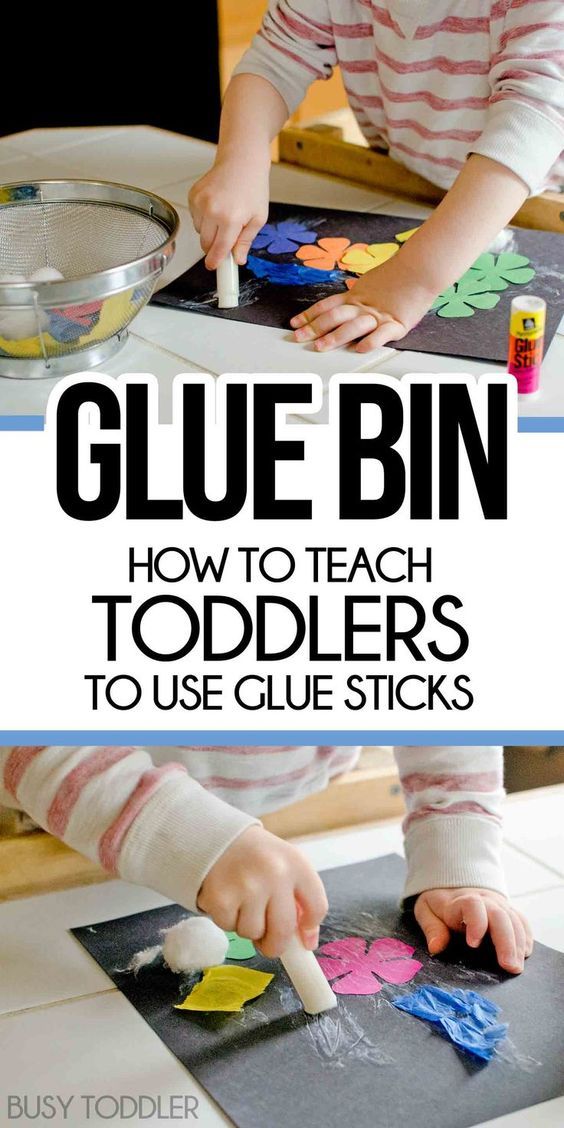
- Make sure your child has time to play with other children.
- Point out letters in signs, and go through the alphabet together.
- Use blocks, big puzzles and other toys to teach letters and numbers.
- Sing alphabet and counting songs together.
- Use books to talk about difficult topics, like anger or sharing.
- Ask your child’s doctor about Reach Out and Read Arizona.
Let Your Child Learn by Doing
- Encourage hands-on learning rather than watching TV.
- Include your child in everyday tasks, such as cooking and cleaning.
- Take her to interesting places, such as museums and zoos.
- Help her learn responsibility. For example, she can help pick up her toys, set the table or sort the laundry.
The First Things First Parent Kit was developed in partnership with Health Research for Action/UC Berkeley. © 2018 The Regents of the University of California. Additional video, graphic and other content © 2018 First Things First. All rights reserved.
All rights reserved.
- social-emotional development
- early learning
50+ Tips for Pre-K Teachers
Teaching pre-kindergarten is an incredibly important task. After all, you’re helping your students build a foundation—academically, socially, and emotionally—that will set them up for success throughout their school years. Whether you’re welcoming your first batch of 4-year-olds or you’re a seasoned veteran, here are more than 50 ideas, tricks, and tips for pre-K teachers to help you make the experience the best it can be.
Getting Your Classroom Ready
1. Choose an appealing classroom theme.
Image source: Schoolgirl Style
We love this sunshine-themed classroom from blogger Melanie Ralbusky. Check out more sunshine classroom ideas here.
2. Consider laminating your books
Books in a pre-K classroom are loved … much loved. Here are tips for pre-K teachers to keep your books from falling apart (or at least slow the process down).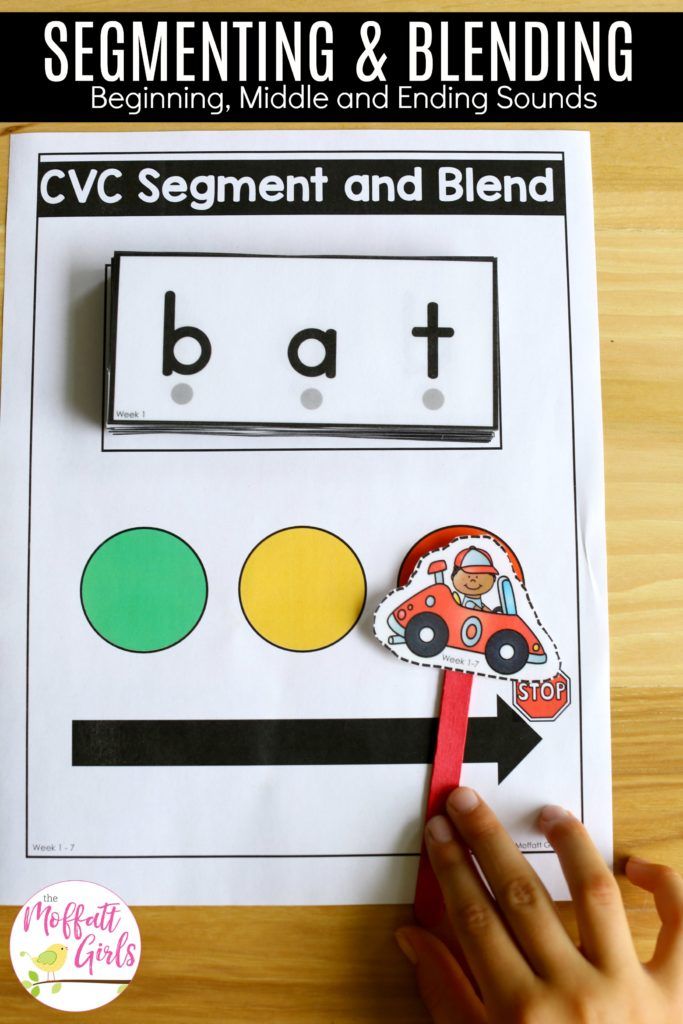
“Take out the staples of the books and then laminate them.” —Samantha L.
“Use the wide packing tape to cover and reinforce books.” —Cheryl M.
ADVERTISEMENT
3. Build collections of books on one topic
Even though they’re pre-readers, pre-K kids like to look at books on the same topic like this selection of books about dinosaurs. Organize your books by genre or topic to teach pre-K kids how to learn from book collections.
4. Set up sensory tables
Early childhood teachers know that hands-on learning is essential. Sensory play encourages open-ended thinking, language development, and collaboration, and it builds fine motor skills. Sensory materials are magically both engaging and calming. Here are our favorite sensory table ideas!
5. Gather reading buddies
Image source: Rowan Tree Preschool
Pre-kindergartners are learning how to read, and that includes “reading” to their favorite toys.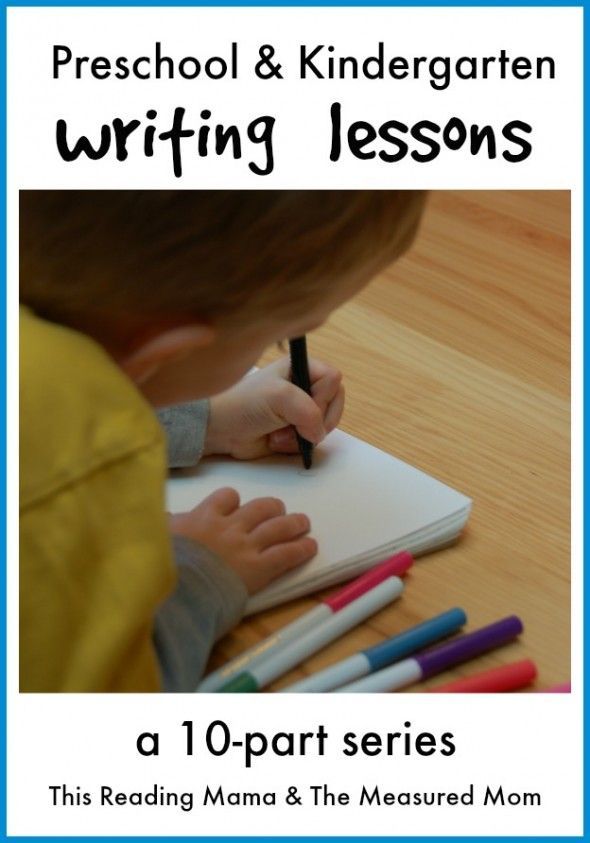 Encourage kids to read aloud and practice what they know about reading with a stash of reading buddies (stuffed animals, dolls, and other toys) in the book corner.
Encourage kids to read aloud and practice what they know about reading with a stash of reading buddies (stuffed animals, dolls, and other toys) in the book corner.
6. Cover your easel
Image source: PreKinders
Cover your easel with wrapping paper and clear vinyl to create a surface that is easy to clean and fits into your classroom better than a bare wood frame.
7. Stock up on board games
Whether they incorporate cards, dice, boards, spinners—or even an adorable cardboard monster and an oversized spoon—games have a host of benefits for young children. Check out our favorite games for the pre-K set.
8. Stock up on educational toys
When choosing toys and games for preschoolers, less is definitely more. Simple, durable, and open-ended materials that invite kiddos to imagine, explore, create, and stretch their developing language and reasoning skills are the way to go. Check out our top toys and games for preschool.
The First Days of School
9.
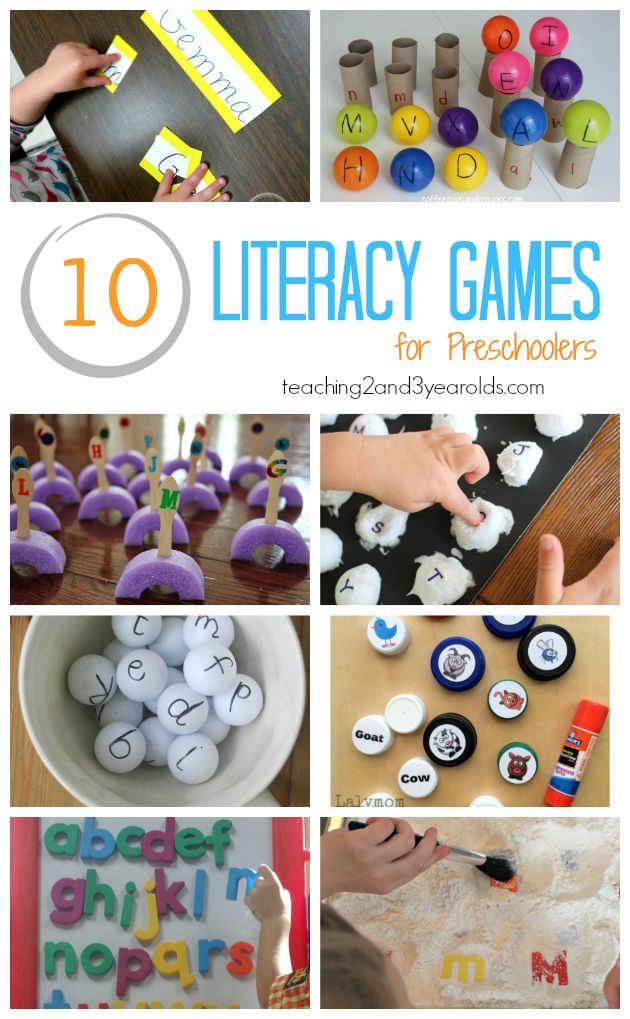 Let parents stay on the first day
Let parents stay on the first dayKids whose parents stayed a few minutes and offered them words of encouragement did better when their parents left. (Check out more tips for pre-K separation anxiety at Pre-K Pages.)
10. Stay crystal-clear with parent communication
This may be a parent’s first experience with school, so be clear with your expectations. Include information about the “schedule of the day, snacks, discipline, how to get in touch, and what to do if they get scared, have a tantrum, or are hurt” in your newsletter. —Kelly J.
Check out these parent communication mistakes, plus tips on how to fix them.
11. Use mascots
Give your classroom some additional energy with creative mascots at each center. “I teach pre-K and my classroom theme is superheroes. Each center has a ‘mascot’ and the Hulk and She-Hulk are the mascots for the dramatic play center because they change and are dramatic.” —Ariel E.
12. Make time for morning meetings
It’s a great way to reinforce calendar and core skills and build community.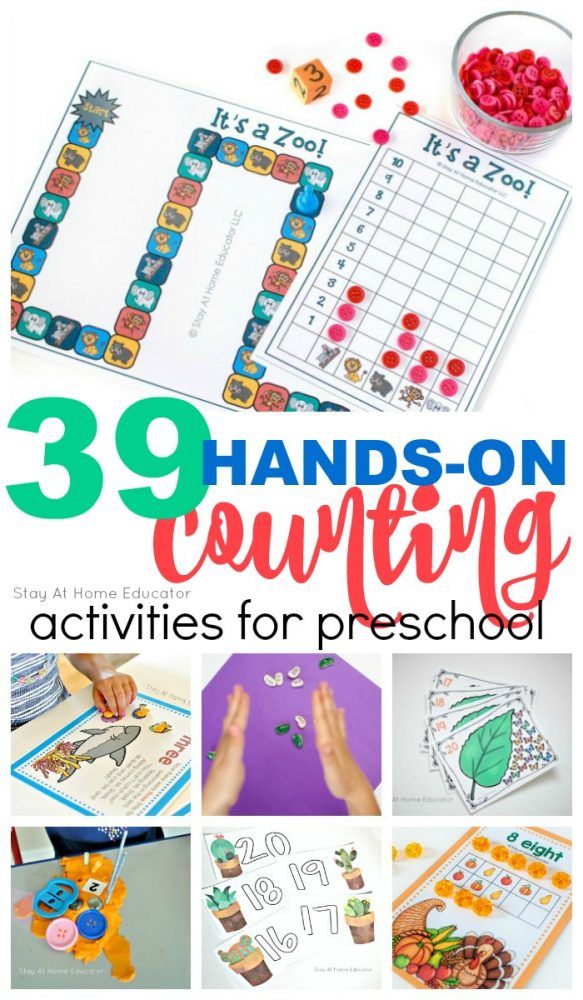 Watch how this pre-K teacher leads morning meetings in her classroom. Plus check out these welcome songs you can use to kick off your morning meetings.
Watch how this pre-K teacher leads morning meetings in her classroom. Plus check out these welcome songs you can use to kick off your morning meetings.
13. Teach pre-K students pencil grip
Reteaching fine motor skills is hard! Teach pre-K students proper pencil grip from the get-go, and future teachers will thank you. (Check out these tips for pre-K pencil grip from OT Mom.) Plus check out our favorite pencil grips.
14. Teach them how to use scissors
Image source: Sight and Sound Reading
Holding and using scissors are key ready-for-kindergarten skills that the kinder teachers in your building will thank you for later. Try teaching pre-K students the “friendly shark trick.“
15. Use clothespins
Image source: 1 Plus 1 Plus 1 Equals 1
Clothespins strengthen kids’ pincher grasp, which helps them hold pencils and scissors. They also strengthen academic skills, like this activity that has students placing a clothespin at the appropriate number on each card.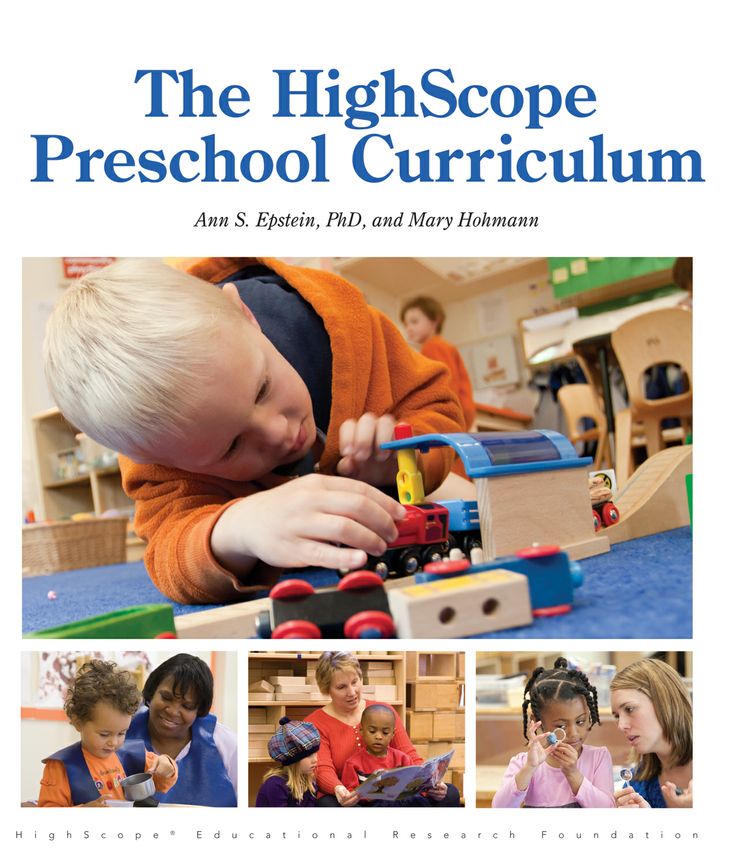
16. Use buttons
Try some of these button activities to help kids build fine motor skills, work on math, make cute crafts, and much more.
17. Have a clear, predictable schedule
Image source: Fun-a-Day
Your day, and year, will go smoothly if your pre-K students know what to expect. Check out this schedule from Fun-a-Day that includes “sign in” and lots of center time.
Organization Tips
18. Use a master copy binder
Image source: Orange Polka Dots
This is one of our favorite tips for pre-K teachers. Instead of filing the worksheets and papers you use every year (or copying and recopying them for kids who need extra practice), file them in a master copy binder. It takes up less space and keeps your most-used worksheets close at hand.
19. Make templates
For each activity you create, make a cardboard template (use an old cereal box for the cardboard), so you have a sturdy model for the next time around.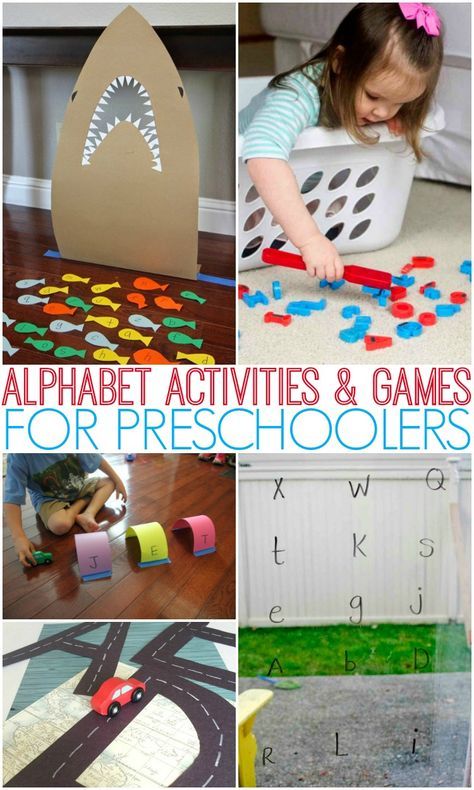
20. Label, label, label
Image source: The Elementary Helper
According to teacher Cinthya Quintana, labels in the pre-K classroom make life easier—clean up is quicker, students don’t need to ask where materials are located, and they help save lots of time in the course of the day. In addition, labels give visual clues that help with language development and encourage responsibility and independence. For more, read How-To Guide: Labeling in Early Childhood and the Primary Grades.
21. Color-code everything
Image source: Teaching Special Thinkers
For maximum organization in your classroom, try color coding. Special ed teacher Gabrielle recommends using colors to differentiate student schedules, data, station materials, and more. For more advice, visit Teaching Special Thinkers.
22. Organize the end of the year
How you organize your materials before heading out for summer vacation will influence your next school year. Store games and activities by month or theme so they’re easy to find and ready to go when you need them.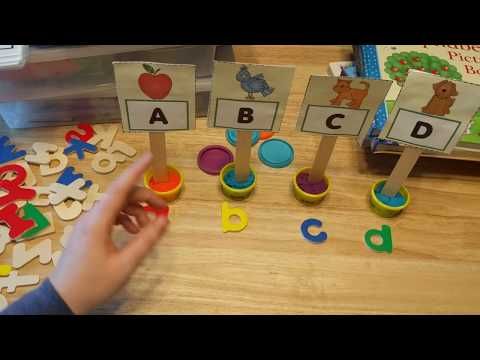 We’ve compiled some great packing-up tips here.
We’ve compiled some great packing-up tips here.
Classroom Management Tips
23. Start the day right
One of the best ways to manage your class is having a good entry procedure. Standing tall at the door, greeting each child, and having clear expectations for what kids do when they’re in your classroom (put their backpack and coat in their cubbies, choose a book, sit at their seat) is one way to start the morning.
24. Try Conscious Discipline
“I am a huge fan of Conscious Discipline by Dr. Becky Bailey. It helps teach children social and emotional skills they will use the rest of their life.” —Erin K.
25. Teach a story-time transition
Image source: Lessons by Sandy
“Hands go up, hands go down”—when teaching pre-K, help students stop and transition to story time (or substitute other rug activities for story time to use this chant throughout the day). Find the poster at Teachers Pay Teachers.
26. Make calendar time active
Pre-kindergartners need to move (a lot).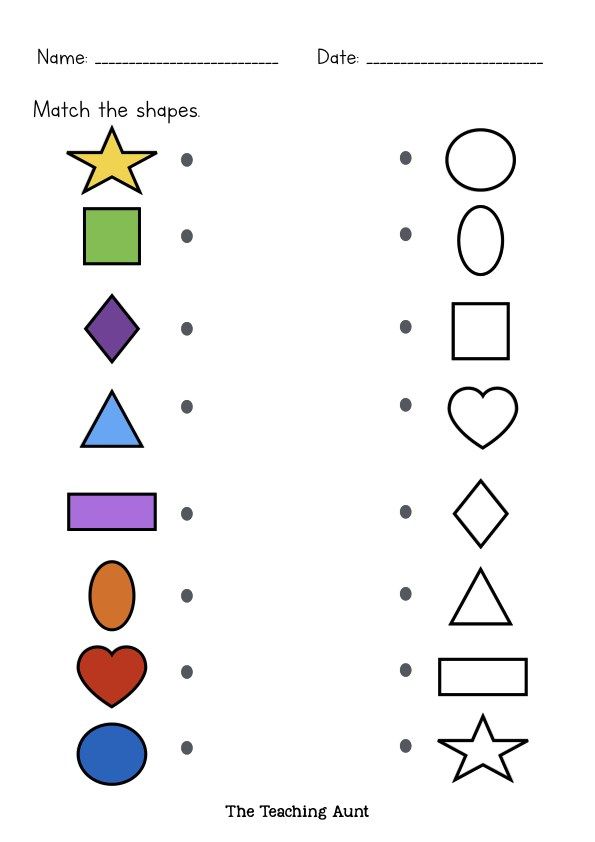 So one of our biggest tips for pre-K is to let them wiggle! Incorporate movement into your daily routine, like calendar time. Michelle M. recommends having students jump for each day of the month they count or have gestures to show the weather (for example, rain movements if it’s raining).
So one of our biggest tips for pre-K is to let them wiggle! Incorporate movement into your daily routine, like calendar time. Michelle M. recommends having students jump for each day of the month they count or have gestures to show the weather (for example, rain movements if it’s raining).
27. Use the two-minute rule
Plan lessons that match your students’ attention spans. “Remember, you’ve got two minutes, then move. Pre-K students can’t be expected to sit and listen for long.” —Laura C.
28. Consider an emotion buddy
Use this trick for one student or your entire class: “Have a stuffed animal, Anger Bear, that can be a student’s best friend to talk to when she gets mad. They can cry to it, talk to it, and let it all out.” —Sarah F.
29. It’s one of those tips for pre-K we can’t say enough: MOVE!
Whether they’re spraying letters with a water bottle, doing letter hopscotch, or doing a letter relay, it’s important to integrate movement when teaching and practicing letters. Here are more fun ways to get your students moving.
Here are more fun ways to get your students moving.
30. Teach conflict-resolution skills
Preschoolers are not too young to learn about solving conflicts peacefully. The experts at NAEYC suggest keeping your coaching age appropriate. Little ones will need a lot of guidance as they identify their feelings and think about ways to make things better.
Curriculum Tips and Tricks
31. Plan fine motor practice
Pre-kindergartners will need to hit the ground running in kindergarten, and that includes using scissors. Use these free grass and snake cutting sheets for practice. Plus check out these pre-writing activities to help students build fine motor skills.
32. It’s never too early for writing
Image source: Tickled Pink in Primary
Pre-K students aren’t too young to start writing. We love this “Best Part of Me” idea that has students write basic sentences.
33. Start journals
Start your pre-K students on a journaling routine with blank books that you make by stapling white paper together.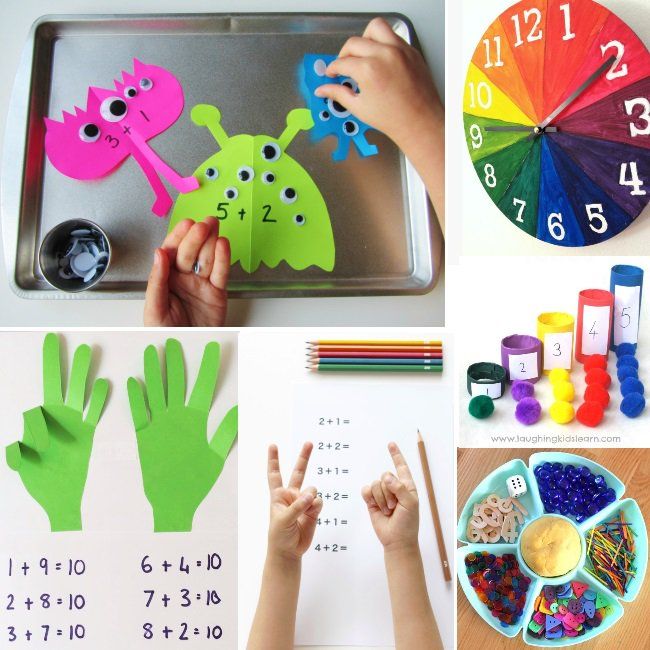 Set time each day for students to write and draw in their journals.
Set time each day for students to write and draw in their journals.
34. Use hands-on alphabet activities
Go on a scavenger hunt, play with shaving cream, and much more. These alphabet activities are perfect for your class.
35. Sneak in the learning with games
“I like playing ‘I have, who has’ games. I take their picture on the first day of school and create an ‘I have who has’ game with their photos. It’s a great way for them to learn names, plus I use their picture for everything.” —Lisa G.
Also, check out our favorite preschool math games.
36. Organize your instruction around themes
When you structure your lessons thematically, you provide your kids with more “hooks” for learning. Check out this blog by Fun-a-Day for some great ideas.
37. Begin teaching shapes
Learning shapes is one of the earliest concepts we teach kids. Shapes ready them for geometry in the years ahead, but it’s also an important skill for learning how to write and draw. Get started with these activities.
Get started with these activities.
38. Count the days of school and celebrate when you reach 100!
There are so many different fun ways to celebrate the 100th day of school. We’ve got a whole collection of activities for you!
39. Use music for
everything“Music is needed and is a good way to transition. Find a welcome song and an afternoon song (can be the same tune with different words) to start and close your day. It makes a world of difference.” —Anne H.
40. Don’t shy away from science
Image source: Gift of Curiosity
Students start learning science basics from the first day of school. Check out this geography lesson for one way to teach pre-K kids about land, water, and air. Plus check out this list of fun and simple preschool science experiments.
41. Use Mr. Potato Head to teach the five senses
Source: Fun With Firsties
It’s funny and memorable—Mr. Potato Head is a great way to emphasize the five senses.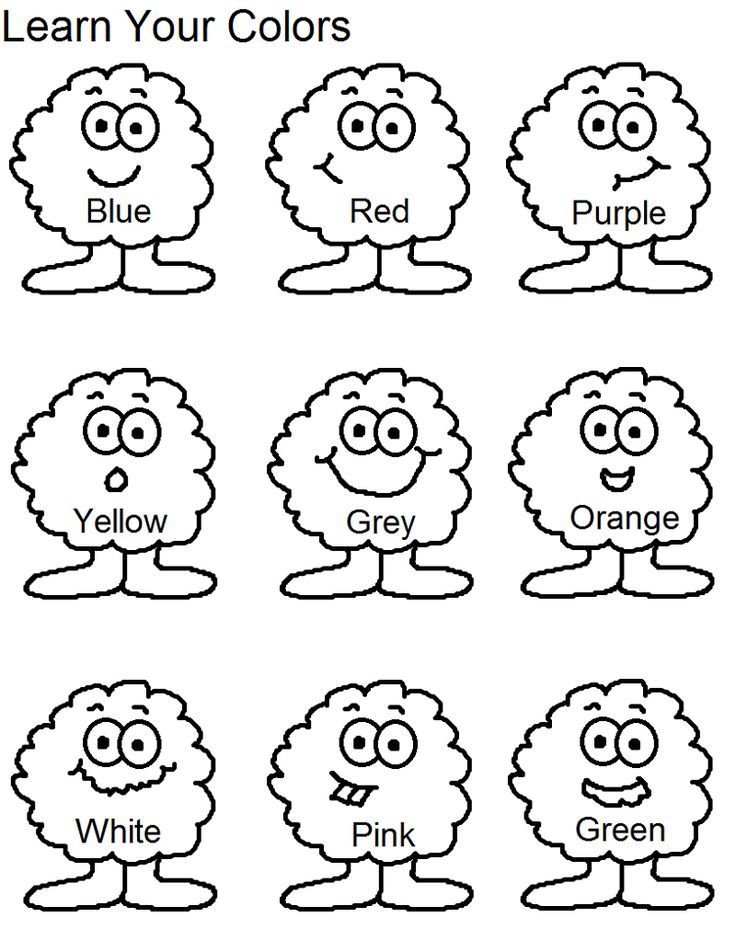 Check out these other activities to teach the senses too.
Check out these other activities to teach the senses too.
42. Sing letter sounds
Switch out the first letter of silly songs, like “The Wheels on the Bus,” to reinforce letter sounds and help students hear how words change when you change the first letter.
43. Watch alphabet videos
These alphabet videos help teach and reinforce the letters and their sounds in fun and engaging ways. Kids will beg to watch them again and again!
44. Play pretend
Image source: Empowered Parents
The importance of play can’t be understated for pre-K children. Pretend play develops language, creativity, and social skills while helping kids figure out their world. Check out our teacher picks for dress-up and pretend play!
45. Use books to teach social skills
From apologizing to managing feelings to building friendships, social skills are an important part of teaching pre-K. Start social-skills lessons with books that kids can read again on their own later.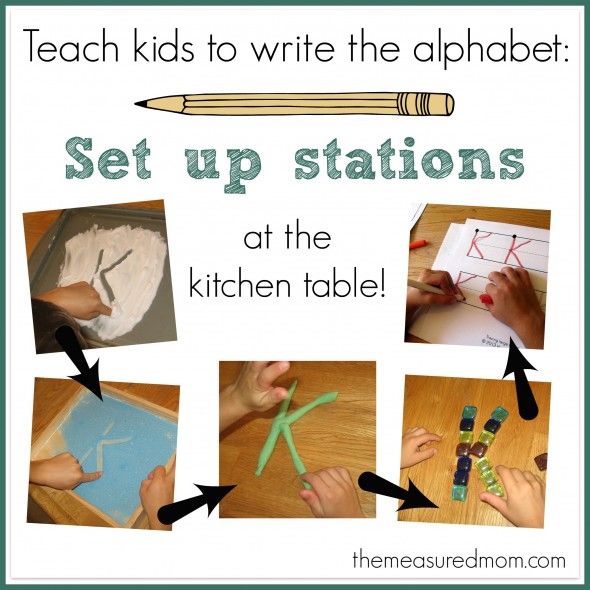 Check out our big list of SEL books for kids.
Check out our big list of SEL books for kids.
46. Teach name recognition
Image source: Teach Me
One big accomplishment for pre-kinders is recognizing their names. Here are plenty of clever name activities, including Play-Doh and sensory bin ideas.
47. Build an abacus
Image source: The Imagination Tree
When your students are learning to count and add, turn a giant cardboard box into a life-size abacus for kids to work on.
48. Try different unit themes from A to Z
The best way to plan pre-kindergarten lessons may be by theme. From ABCs to ACTs has a list of themes that are alphabetized, including airplanes, carrots, and mittens.
49. Try rainbow retelling
Image source: Growing Book by Book
As kids learn how to retell stories, give them rainbow retelling bracelets. When students move the red bead, they name the characters, orange for the setting, yellow for the problem, and so on.
50. Create math tubs
Centers are a great way to differentiate math work.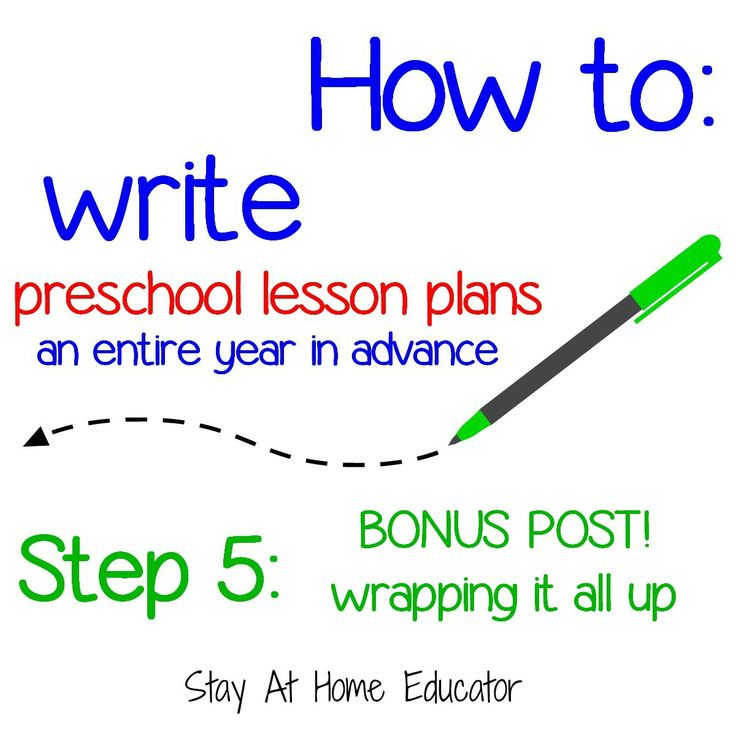 The teacher blogger at Hubbard’s Cupboard puts math materials—counters, cubes, links, and more—in tubs for students to use during math work.
The teacher blogger at Hubbard’s Cupboard puts math materials—counters, cubes, links, and more—in tubs for students to use during math work.
51. Map the classroom
Image source: The Primary Pack
Create a map of your classroom to start a unit on geography and teach basic map skills. Check out these other mapping activities.
Take Care of You
52. Connect with a community of educators outside of your own school
Teaching is hard! Join our WeAreTeachers HELPLINE Facebook group and connect with other teachers to talk about challenges and triumphs and ask questions.
53. Keep a “sub tub” on hand for those days when you just can’t make it into school
Image source: Supply Me
Fill it with all the lessons and activities your sub will need in case you have an unexpected absence.
54. Practice self-care strategies
Here’s why teachers need to put on their own oxygen masks first. Plus, check out some of these self-care tips for pre-K teachers.
55. Make time for fun!
One of the most important tips for pre-K is that fun is mandatory! Instead of just supervising, join in on the silliness now and then. A good belly laugh with your little ones is the best mood booster on the planet.
56. Celebrate your successes
When you compare beginning-of-the-year preschoolers with preschoolers at the end of the year, you realize just how much progress is made in one school year. Celebrate your successes along the way—you are making an impact!
57. Do … nothing.
When your kids are at lunch or recess or with specials teachers, it’s OK to stop and breathe for a few minutes. Find a quiet spot, close your eyes, and let your nervous system reset before you tackle the next part of your day.
What are your best tips for pre-K teachers and classrooms? Share in the comments to be included in an upcoming post!
Looking for more articles like this? Be sure to subscribe to our newsletters!
What and how to teach a preschooler
How many times each of us was amazed at how quickly time flies! It seems that just recently your baby took the first steps and uttered the first words, and now the time is very close when your child, having crossed the threshold of the school, will become a first grader.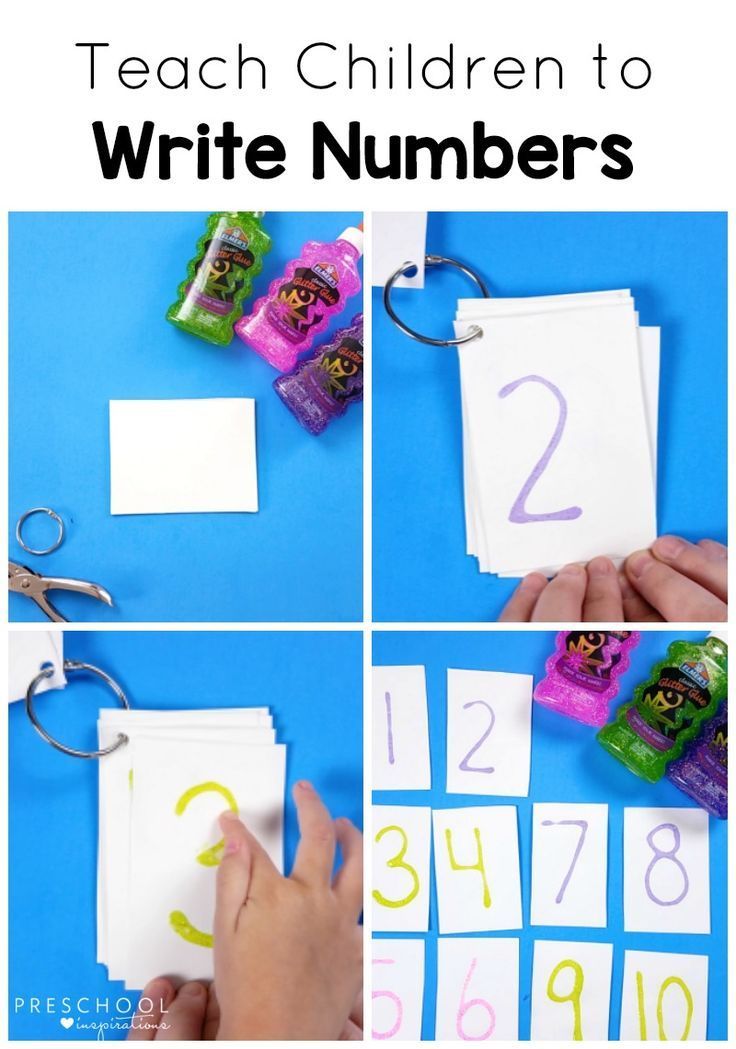 A period of responsible and difficult work will come for him and for you: to learn new things every day, learn to think and reason, build your relationships with peers. And, of course, every parent cannot help but worry about the following questions: how will the child's school life turn out? How will he study? Is he ready for school? What can and what should a family do to make school years a joyful and happy period of growing up, learning, and work for a child? nine0003
A period of responsible and difficult work will come for him and for you: to learn new things every day, learn to think and reason, build your relationships with peers. And, of course, every parent cannot help but worry about the following questions: how will the child's school life turn out? How will he study? Is he ready for school? What can and what should a family do to make school years a joyful and happy period of growing up, learning, and work for a child? nine0003
So, in order for your child to learn school material well, he needs to be taught a lot of things, especially at preschool age. Parents need to understand that it is necessary to teach a child in such a way as to stimulate not only mental, but also mental development. A lot has been written about what and how to teach a preschooler, and yet we often come across a depressing fact: parents have little idea of what exactly they should do.
They do not have a clear program of action, which means that there is no necessary sequence. Parents are lost in the flow of various information, they begin to rush about: what to teach? What book to read? What is the best game to buy? Which kindergarten should I send my child to? And so on ad infinitum: questions, questions, questions. And poor children from the age of four or five, forcedly, under pressure from their parents, write a stick, learn a number series, memorize long poems they do not understand, and much, much more. But what does this give for their mental development, for the development of basic cognitive processes: perception, thinking, independent speech? nine0003
Parents are lost in the flow of various information, they begin to rush about: what to teach? What book to read? What is the best game to buy? Which kindergarten should I send my child to? And so on ad infinitum: questions, questions, questions. And poor children from the age of four or five, forcedly, under pressure from their parents, write a stick, learn a number series, memorize long poems they do not understand, and much, much more. But what does this give for their mental development, for the development of basic cognitive processes: perception, thinking, independent speech? nine0003
Very often educators and psychologists come across a sad phenomenon when a six-year-old child, who is too capable, according to his parents, can count up to a hundred perfectly, but cannot count ten matches lying in front of him. Why is that? - you ask. We answer: a child of preschool age is not yet able to realize that counting is not a way to get parents' praise, but a means of determining quantity. A no less sad sight is the child's knowledge of letters, which is not connected with the sound-letter analysis of the word, and even more so with the ability to compose syllables and words from individual letters. Such knowledge can become a serious brake on the way not only to acquiring literacy, but also to the successful development of the school curriculum as a whole. nine0003
A no less sad sight is the child's knowledge of letters, which is not connected with the sound-letter analysis of the word, and even more so with the ability to compose syllables and words from individual letters. Such knowledge can become a serious brake on the way not only to acquiring literacy, but also to the successful development of the school curriculum as a whole. nine0003
So what should be taught to a preschooler in order for him to develop correctly, harmoniously and be ready for school? The child must be taught everything, not only directly those skills that are necessary in school education: reading, writing, counting, but also all those skills and abilities that are necessary in everyday life: to correctly use the objects surrounding him, namely action, and not dry knowledge about an object or phenomenon.
Family education
How does the education and preparation of the child for school begin? Of course, from family upbringing. Remember the proverb: “If you sow an act, you will reap a habit; if you sow a habit, you will reap a character; if you sow a character, you will reap a destiny”? In everyday communication with children, the seeds of the future character are laid, which then will give good or evil shoots.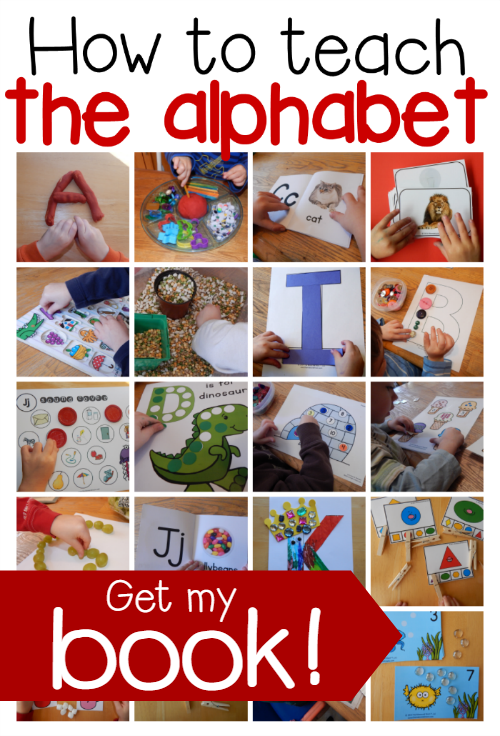 Neglecting this is often very costly! Very often school failures of our children, their difficult entry into the team, inability or, even worse, unwillingness to learn are the result of parental miscalculations and mistakes, those relationships that reign in the family, those life orientations that are assimilated in it. nine0003
Neglecting this is often very costly! Very often school failures of our children, their difficult entry into the team, inability or, even worse, unwillingness to learn are the result of parental miscalculations and mistakes, those relationships that reign in the family, those life orientations that are assimilated in it. nine0003
All parents, without exception, make sure that their child does not need anything, is fed, shod and clothed.
Many spare no time and effort to teach their three-year-old son or daughter to write, read and count, mistakenly believing that this is preparation for school. However, this is not enough for a full-fledged upbringing. Just as zealously, we must take care of what we fill the mind, heart and soul of the child, because his psychological development largely depends on this, and therefore, his formation as a person. nine0003
To develop cognitive abilities
To develop a child's cognitive abilities does not mean giving him "ready-made" knowledge, skills and abilities; First of all, we are talking about developing a child's need for this knowledge, determining possible ways to obtain it, and teaching them to think and reason. The success of his education depends on how well the student has developed cognitive activity and independence.
The success of his education depends on how well the student has developed cognitive activity and independence.
Is it possible to set such a complex task in relation to a preschooler? Sure! It is during the period of preschool age that a kind of database is laid, which will be necessary for the child throughout the entire education. nine0003
The child acquires cognitive experience primarily in a variety of activities. Each of its types makes its own, special contribution to the development of the child. How does it happen? The first independent activity of a preschooler is subject. She introduces him to the world of things created by human hands, and helps to understand why we need them. Mastering objective actions is the first step in mastering material culture. However, parents should remember that this will only happen if the object is used for its functional purpose, only under this condition the child will fully comprehend the properties of objects, their relationships, while simultaneously developing perception, representation, and, consequently, mental operations.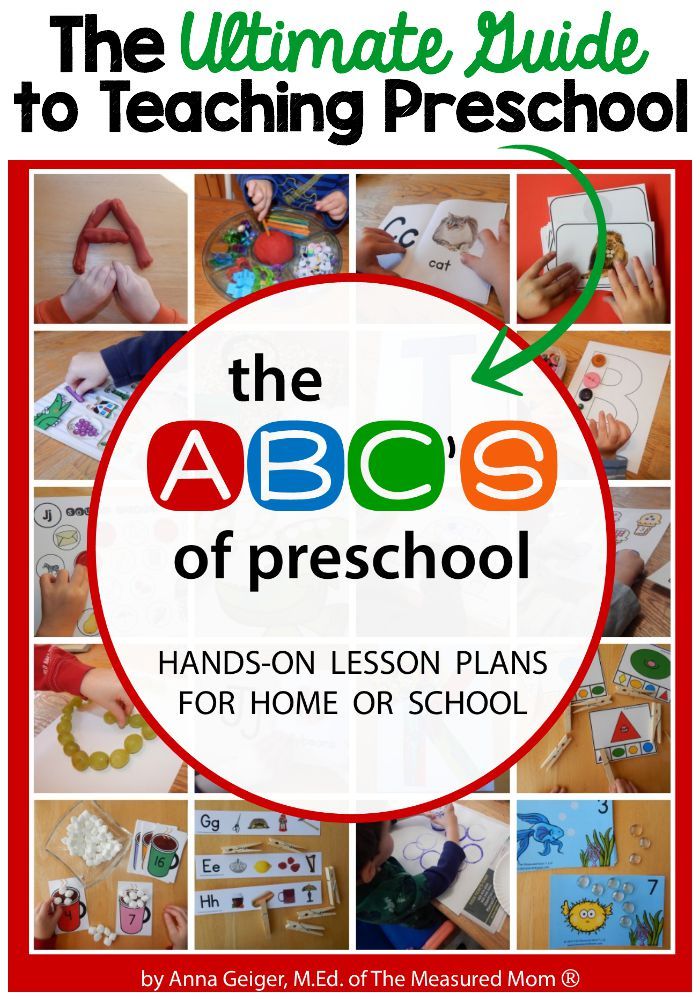 nine0003
nine0003
Mastering object actions first occurs in the game. Gradually, the child learns to replace the missing objects with others, but similar (a thermometer with a stick, soap with a cube), then with any others, endowing them with the appropriate function, and, finally, with words. This is how imagination develops, the ability to abstract from a specific situation and model a new, imagined reality. Later, the cognitive activity of the child is built on this solid foundation.
Teach your child to play - at first simply operate with objects, imitating real actions, their logic and sequence. The next stage - the child already knows how to act independently, play out entire plots, the main purpose of which is to reflect the child's vision of relations between other people: family, business, etc. Only at this stage of the child's play development, actions can already become purely symbolic, and real objects - be replaced by others, with which you can depict the desired action. Having passed all this playful way, your child will gain a lot, having significantly advanced in his development, he will receive the necessary knowledge about the objects around him, phenomena, human relations, which will contribute to the development of thinking and imagination. nine0003
The first types of productive activity of the child - visual and constructive . Creating something new with his own hands - be it a drawing, a plasticine craft, a building made of cubes - he seeks to reflect the world around him as truthfully as possible, and this, in turn, contributes to the further development of perception, spatial representations. In the development of the child's cognitive abilities, an important role is played by labor , which incorporates all types of activity. nine0003
Labor education begins in the family
You can join it in completely different ways - self-service, household chores, working in nature, making various handicrafts, mastering craft skills.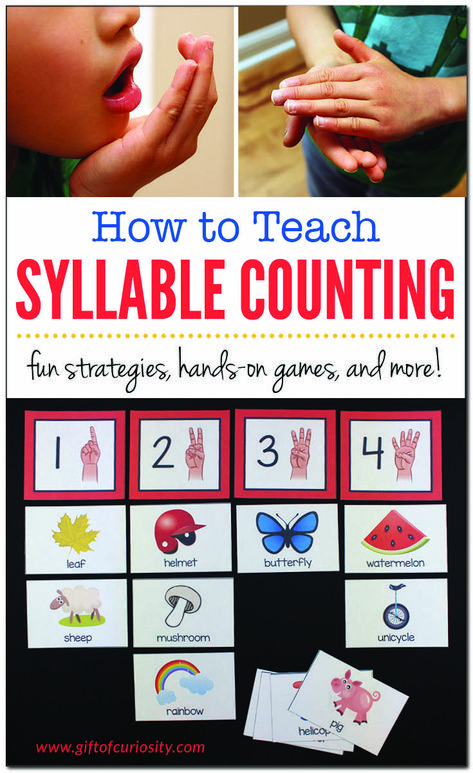 Raising a child's readiness for work is one of the main tasks in preparing children for school, because the success of education largely depends on how much the child is accustomed to work, whether he has the necessary personal qualities that allow him to productively cope with educational tasks. nine0003
Raising a child's readiness for work is one of the main tasks in preparing children for school, because the success of education largely depends on how much the child is accustomed to work, whether he has the necessary personal qualities that allow him to productively cope with educational tasks. nine0003
At home and on the street, people around the child are busy with various kinds of work; the things with which the child comes into contact are the result of labor; the importance of labor in people's lives should be fully realized by the child. Respect for any work and for a person engaged in business must be brought up purposefully and consistently from an early age, protecting children from laziness and selfishness. K.D. Ushinsky said: “Education should not only develop a person’s mind and give him a certain amount of information, but should kindle in him a thirst for serious work, without which his life cannot be either worthy or happy.” nine0003
The child's work should supplement the experience of being able to organize activities, should teach to help others, to take care of loved ones.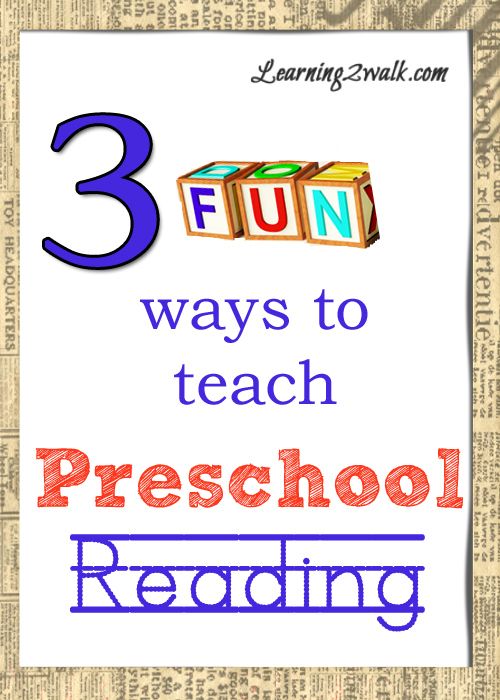 Help your child experience the joy of a job well done: “Look how bright and clean it is”, “See how the washed dishes shine”, “It's good that you helped grandma: now she can relax and play with you.” Before going to bed, talk with your child about how the day went, what he managed to do, what he learned new, ask him to talk about vivid impressions and events. So gradually the standard of any activity and an independent assessment of its results will be formed in the preschooler. nine0003
Help your child experience the joy of a job well done: “Look how bright and clean it is”, “See how the washed dishes shine”, “It's good that you helped grandma: now she can relax and play with you.” Before going to bed, talk with your child about how the day went, what he managed to do, what he learned new, ask him to talk about vivid impressions and events. So gradually the standard of any activity and an independent assessment of its results will be formed in the preschooler. nine0003
Cognitive activity
All types of cognitive activity of a child allow mobilizing his cognitive abilities, and therefore, developing them, teaching not only to navigate in the world around him, but also to change it to some extent. However, for this to happen, parents need to properly organize any activity of the child: they need to determine its goal together with him, think over possible ways to achieve this goal, plan a sequence of actions, control himself during work, be able to correctly and objectively evaluate the result. The acquisition of such skills in planning one's own activities is necessary for a child in the process of schooling. nine0003
For the proper development and upbringing of a child, it is very important for parents to create emotional comfort, they need constant attention to their behavior and to the behavior of their baby, patience, flexibility, sensitivity and tact, the desire and ability to understand the motives of the child's behavior in a particular case. Incontinence, shouting, abuse of adults give rise not only to a feeling of resentment, distrust, injustice, but also a state of anxiety, self-doubt, which can have a detrimental effect on the child's further education outside the home, in general educational institutions. nine0003
We are glad that the child loves to draw, sculpt, design, play with blocks, dolls and cars - the kid is busy, and this is enough for parents. But how often do you ask yourself questions: what do these classes give him? How does he play, construct, sculpt, draw, work? What difficulties does it experience? Does he finish what he started? Meanwhile, observation of the child's play activity can play a decisive role in the cognitive development of the child and his preparation for school.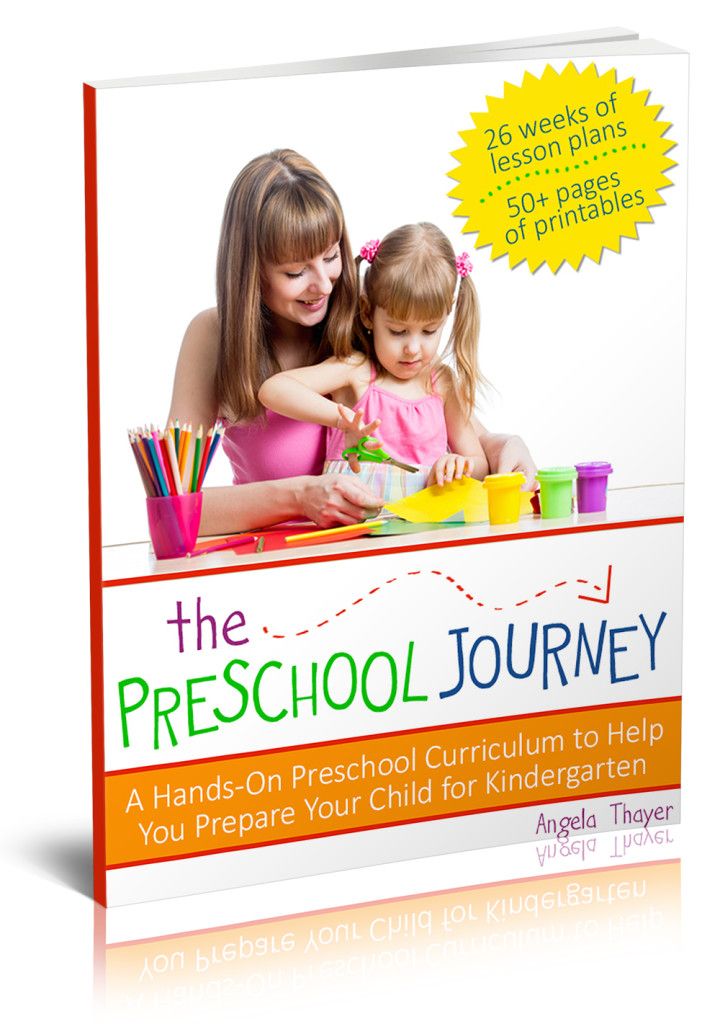 Without interfering with the child, without suppressing his initiative, observe him in order to tactfully help him realize and enrich his activities, organize classes, direct them in the right direction of mental development. nine0003
Without interfering with the child, without suppressing his initiative, observe him in order to tactfully help him realize and enrich his activities, organize classes, direct them in the right direction of mental development. nine0003
Here is a baby playing with a doll: dressing, undressing, feeding. Draw his attention to the meaning of these actions: undresses to put to bed or bathe; dresses to go to visit or for a walk; feeds, educates, etc. Show your imagination and wake up the baby's fantasy - this will help you and him to develop your own model of family behavior.
Before drawing, ask him what he wants to draw and what is needed for this - paints, pencils, felt-tip pens; why he wants to choose this particular color and not some other. Discuss the completed drawing: what worked and what didn’t work, and it’s important that the child pays attention to what worked and what didn’t. nine0003
Emotions and will of a preschooler
The development of the emotional-volitional sphere determines the formation of a child's personality.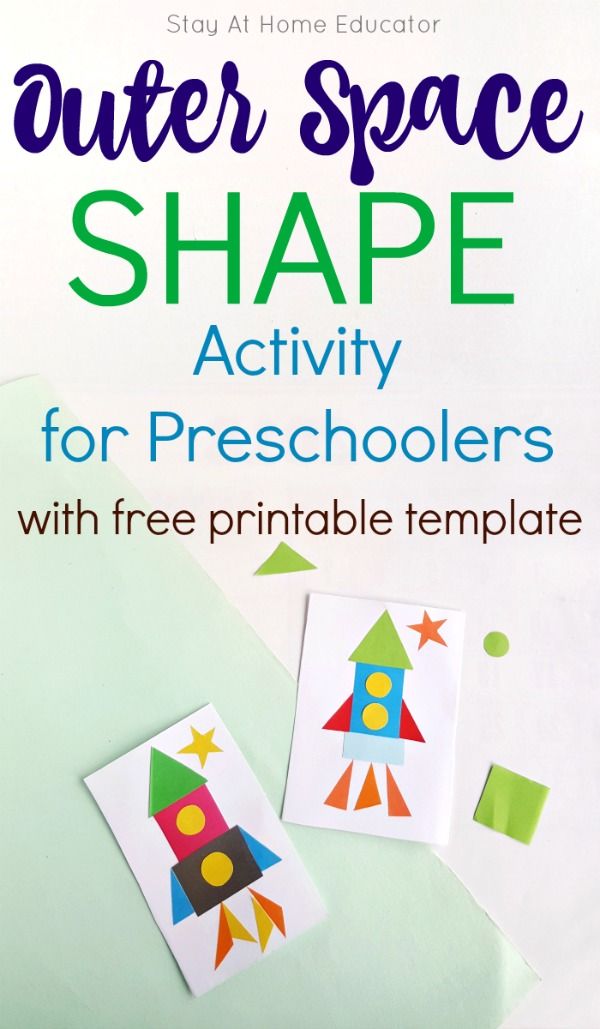 It is at preschool age that the assimilation of moral norms takes place, the ability to subordinate one's actions and actions to moral and ethical rules is developed, and the skills of behavior in a team are formed. It should be noted that the emotional-volitional sphere does not develop by itself, but requires long-term painstaking work, otherwise it may form incorrectly, as a result, the child's behavior may take undesirable forms, he may become selfish, spoiled, and intellectual abilities will remain unclaimed. nine0003
It is at preschool age that the assimilation of moral norms takes place, the ability to subordinate one's actions and actions to moral and ethical rules is developed, and the skills of behavior in a team are formed. It should be noted that the emotional-volitional sphere does not develop by itself, but requires long-term painstaking work, otherwise it may form incorrectly, as a result, the child's behavior may take undesirable forms, he may become selfish, spoiled, and intellectual abilities will remain unclaimed. nine0003
If a child is brought up correctly, then by the age of six he not only learns basic moral concepts, but also learns to act in accordance with them.
The child's idea of himself, of his "I" changes significantly: he begins to have a clearer idea of his capabilities, to understand how others relate to him and how this attitude is explained. On the basis of correct self-assessment, an adequate reaction to censure and approval is developed - the child, in response to the remark of adults, no longer cries, does not quit the lesson, but tries to correct the mistake, find new ways to complete what has been started.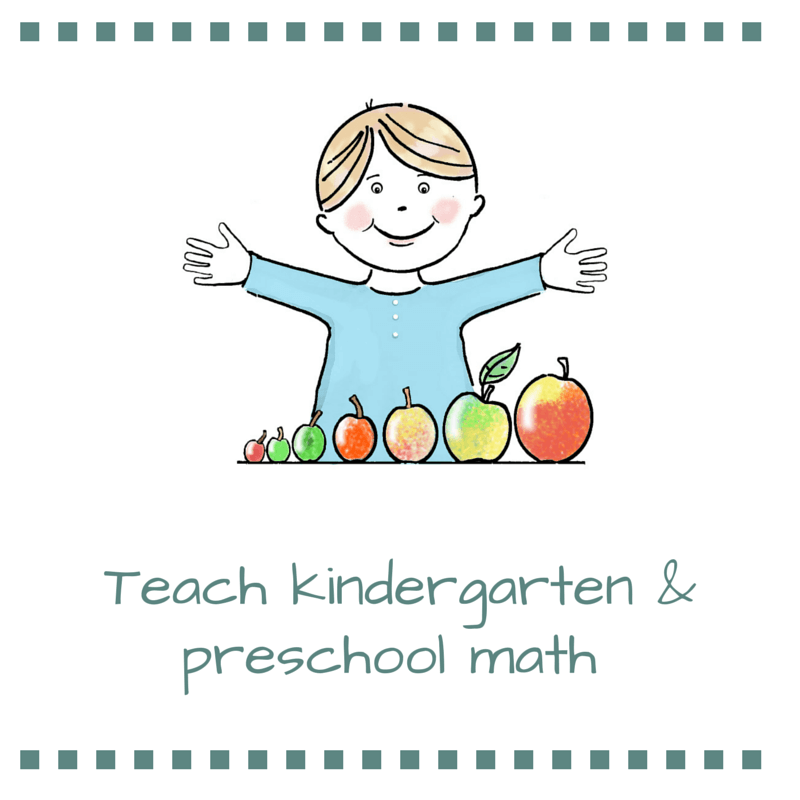 nine0003
nine0003
A preschool child often encounters various difficulties - intellectual, everyday, behavioral. But, whatever the nature of the activity that caused certain difficulties, they can be divided into two groups:
- firstly, these are problems that a child simply cannot cope with on his own, due to his age;
- Secondly, these are problems that your child can overcome on their own, using their past experience or acting through their own trial and error. nine0072
The main task of parents in the first case is to tactfully, without insisting, help the child cope with the difficulty that has arisen, explain, direct; and in the second - just as sensitively and flexibly to push the child to solve the problem, to force him to use the experience accumulated earlier.
However, adults need to remember that the assessment of all the actions of the child must be as objective and accurate as possible, because a child aged 5-6 sees himself through the eyes of other people, and their attitude serves as the basis for him, the standard of self-esteem. During this period, your baby needs empathy and understanding from adults - parents and caregivers, at the same time, for his part, he begins to evaluate the actions of other people, their character and behavior, so it is very important for parents to strengthen their authority in the eyes of the baby during this period. nine0003
During this period, your baby needs empathy and understanding from adults - parents and caregivers, at the same time, for his part, he begins to evaluate the actions of other people, their character and behavior, so it is very important for parents to strengthen their authority in the eyes of the baby during this period. nine0003
By the age of 6-7, a child has such feelings as shame if one or another of his actions does not correspond to the moral standards accepted in the family, and pride if the action corresponds to them, and especially if it is associated with overcoming certain difficulties and obstacles . Therefore, parents need to very carefully punish or encourage the child, his desire for good deeds will depend on this in the future.
It is at this age that a child develops a conscious need to communicate with other children. He learns to correlate his actions with the actions of his comrades, to take into account not only his own, but also their desires and interests, evaluate the actions of his peers and focus on their assessment. At this age, real friendships are born - it is important for parents to teach the child to be friends, in some cases to give in, and in some cases to defend their opinion. These skills are required to facilitate the passage of such an important test in the life of first graders as life in a completely new school community. nine0003
At this age, real friendships are born - it is important for parents to teach the child to be friends, in some cases to give in, and in some cases to defend their opinion. These skills are required to facilitate the passage of such an important test in the life of first graders as life in a completely new school community. nine0003
The ability to communicate
The ability to communicate and find a common language not only with adults, but also with their peers is another necessary condition for the development and preparation of children for school.
It must be said that the desire for communication in a preschooler is based on the need to know another person, strangers and compare oneself with them. By the way your child is among strangers, one can judge not only his character, habits, but also the miscalculations of his parents in his upbringing. After all, parents and other relatives are the first people who not only satisfy his need for communication, but also give him a standard of behavior.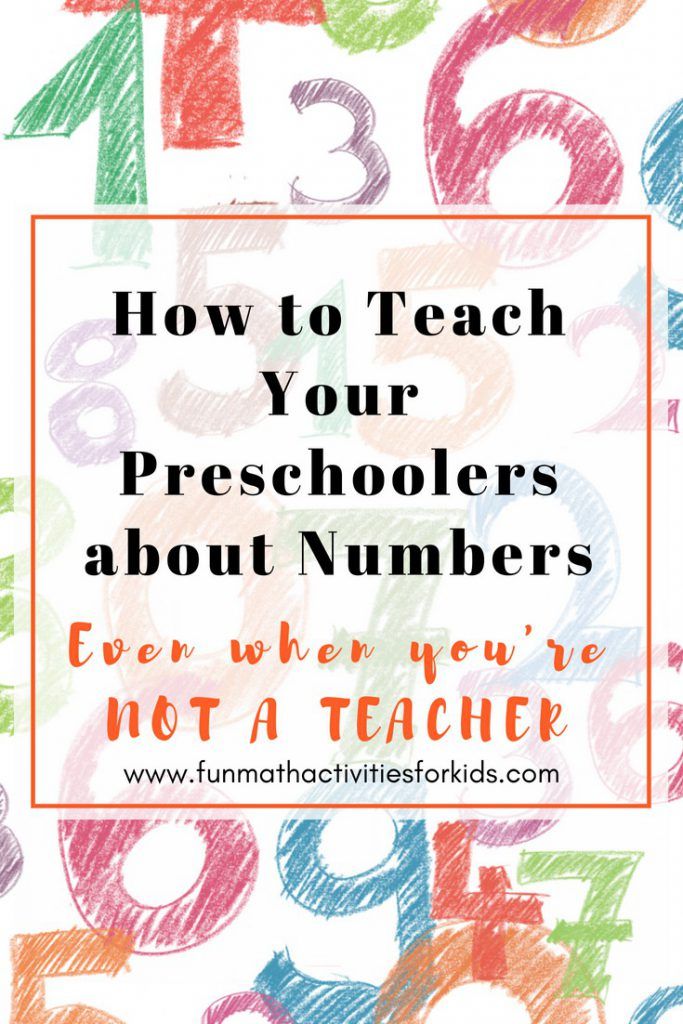 Therefore, adults are obliged to take care of the proper emotional and aesthetic level of communication of the child, to teach him to empathize and be kind to the interlocutor. nine0003
Therefore, adults are obliged to take care of the proper emotional and aesthetic level of communication of the child, to teach him to empathize and be kind to the interlocutor. nine0003
Another important condition for a child's readiness, which parents should pay special attention to, is nurturing a child's desire to learn. To do this, first of all, the parents themselves must clearly understand why their child goes to school - not for fives and a good certificate, but for knowledge, skills and abilities.
School years are a part of a child's life, and therefore it is important that it be filled not only with the happiness of learning, familiarization with the treasures of world culture, but also with the joy of communication, hard work and, at the same time, creativity. This is what you need to teach your child first of all. nine0003
At school, a child should not only acquire the necessary knowledge and skills, but also learn how to independently acquire new ones, see and creatively solve problems that arise.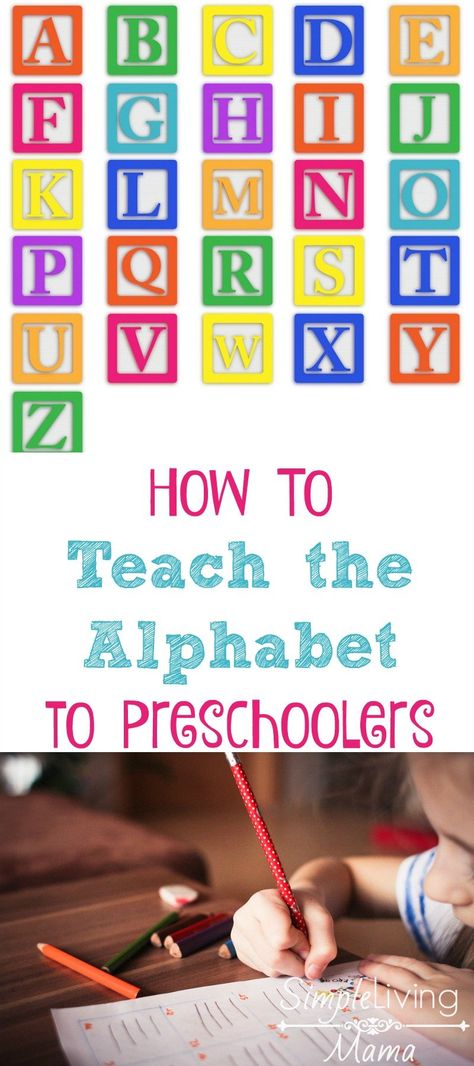 It is also necessary to accustom a preschooler to this at an accessible level for him. The desire and ability to learn, the joy of gaining new knowledge is the basis of a responsible attitude to learning. As the author of the excellent “Pedagogical Poem” A.S. Makarenko rightly noted: “What a person will be, mainly depends on how you make him by the fifth year of life. If you haven’t raised him properly before the age of five, then you will have to re-educate him.” nine0003
It is also necessary to accustom a preschooler to this at an accessible level for him. The desire and ability to learn, the joy of gaining new knowledge is the basis of a responsible attitude to learning. As the author of the excellent “Pedagogical Poem” A.S. Makarenko rightly noted: “What a person will be, mainly depends on how you make him by the fifth year of life. If you haven’t raised him properly before the age of five, then you will have to re-educate him.” nine0003
Taking into account the many factors in the education of a preschooler, one can once again be convinced that the psychological preparation of children for school is absolutely necessary, and it is necessary to “lead” the mental development of a child from early childhood.
The first and most important condition for a child's mental preparation for school is cooperation with the adults around him: mom, dad, grandma, grandpa. Moreover, cooperation should be understood as such organized joint activity of a child and an adult, during which the latter transfers his social experience in its various forms, and the former adopts it and makes it his own.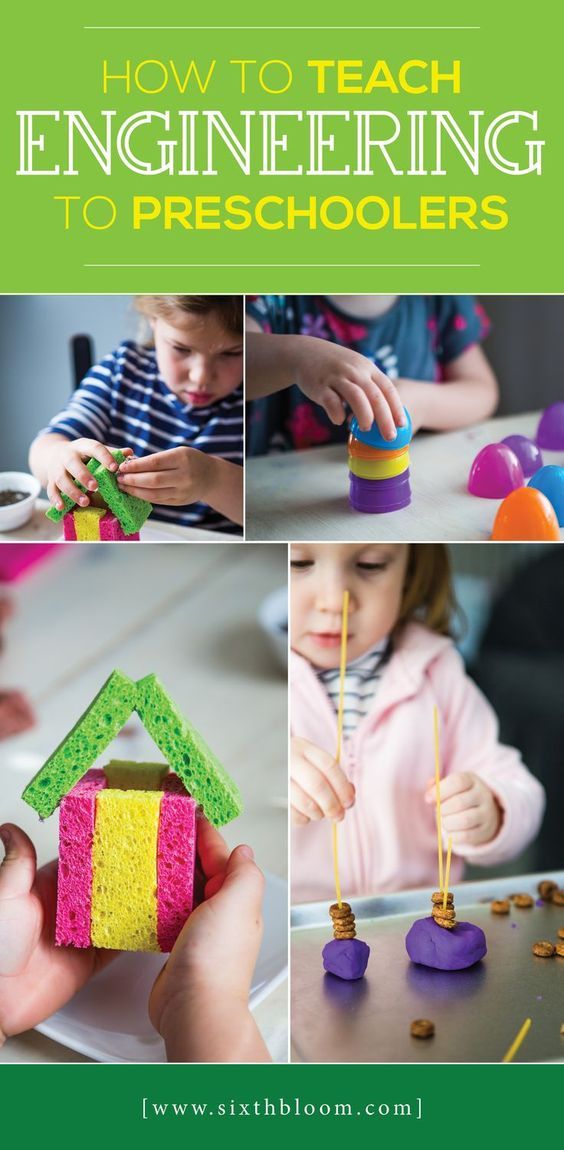 Therefore, an adult should be able to look at himself and his life through the eyes of a child, constantly caring not only about what and how he passes on to the child, but also that the child wants to learn what is being transmitted. nine0003
Therefore, an adult should be able to look at himself and his life through the eyes of a child, constantly caring not only about what and how he passes on to the child, but also that the child wants to learn what is being transmitted. nine0003
For many children, the difficulties of entering the school community are due to the fact that they did not learn how to build interpersonal relationships in time, they do not know how to subordinate their desires and actions to the requirements of adults and the interests of their comrades. Not accustomed to consider other people's opinions, children become selfish, stubborn, capricious, unfriendly towards their classmates and sometimes even towards the teacher. If a child is unhappy, impulsive, anxious, then the reason lies, as a rule, in the emotional atmosphere of the family, in a disrespectful and intolerant attitude towards each other. nine0003
In conclusion, I would like to quote A.S. Makarenko: “The educational process is a constantly ongoing process, and its individual details are resolved in the general tone of the family, and the general tone cannot be invented and artificially supported.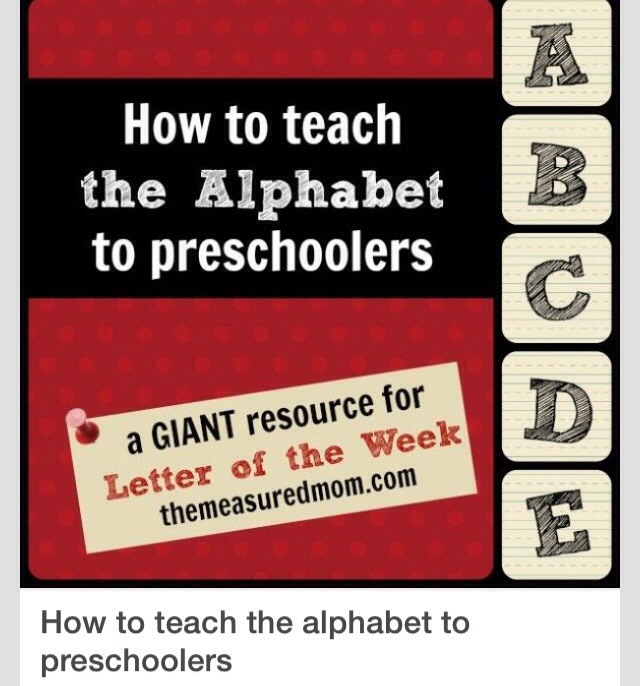 The general tone, dear parents, is created by your own life and your own behavior.
The general tone, dear parents, is created by your own life and your own behavior.
Diagnosis of the development of thinking in children aged 3 to 6 years. Tasks
At preschool age, visual-figurative thinking (operating with images) predominates in children, therefore, tasks for diagnosing the level of development of thinking should be appropriate. The proposed tasks can also be used as developmental exercises. → nine0003
How to teach a preschooler to read
Many children become actively interested in books at a very early age. If parents are able to competently approach the learning process and stimulate interest in reading, they will have every chance to raise a real book lover. At the same time, independent teaching of a preschool child to read has a number of nuances and rules, which we will discuss in this article.
When to start the first reading lessons?
In this respect, numerous opinions of educators and psychologists differ.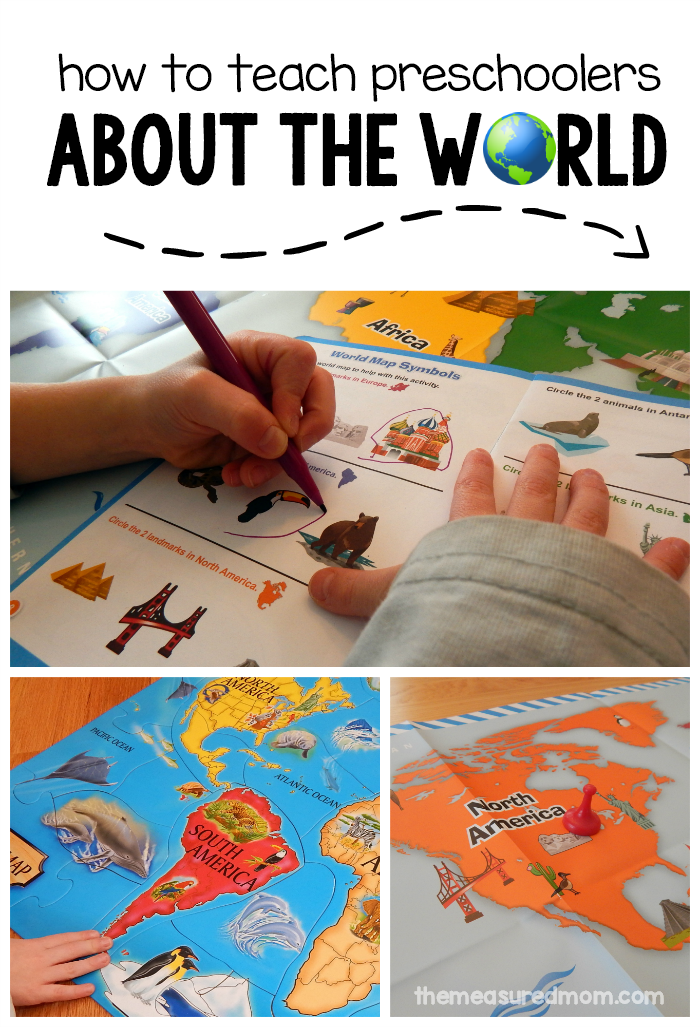 Accordingly, the choice of tactics often falls on the shoulders of the parents themselves. Some consider the optimal age for the first acquaintance with the letters of 4-5 years, others begin to introduce the child to the world of reading even earlier - from 2-3 years. You can often meet such parents who assign the difficult task of teaching a child to read to school teachers.
Accordingly, the choice of tactics often falls on the shoulders of the parents themselves. Some consider the optimal age for the first acquaintance with the letters of 4-5 years, others begin to introduce the child to the world of reading even earlier - from 2-3 years. You can often meet such parents who assign the difficult task of teaching a child to read to school teachers.
Whatever your opinion, remember that each child develops according to their own individual "schedule". We recommend that you start classes no earlier than when you understand that your son or daughter is really ready to learn to read. The following signs may indicate this. nine0003
- The kid speaks clearly and coherently, independently builds complete and logically correct speech constructions, sentences.
- A preschooler has learned how to pronounce letters correctly (an exception in this respect may be “p” and other letters that are difficult for this age, the pronunciation of which often requires the help of a speech therapist).
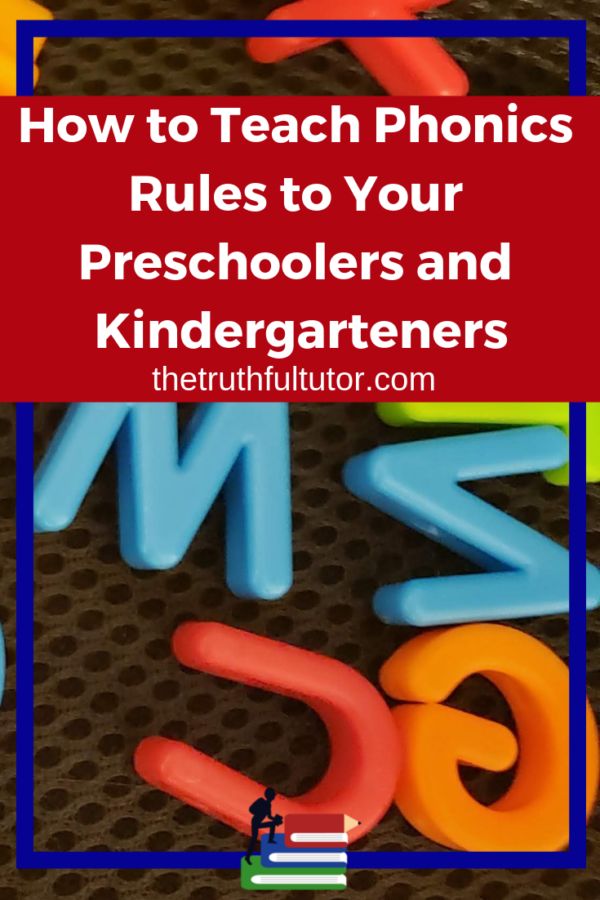
- The child does not confuse consonant syllables and words, as well as the letters in them.
- The little student shows a keen interest in letters, books, reading. If a son or daughter makes attempts to read on their own, you can close your eyes to all of the above signs and boldly proceed to the first reading lessons. nine0072
The most common methods of developing reading among preschoolers
There are several basic classical and modern methods, each of which has both pluses and certain minuses. Let's take a closer look at each of them.
Syllable Reading
The classic method by which almost all of us learned to read and which is still used in most kindergartens and elementary schools. The essence of the so-called phonetic method is that the child is first taught to pronounce sounds, which are then combined into syllables, and subsequently into separate words. As teaching materials, traditional primers and alphabets, visual alpha-sound cards are used.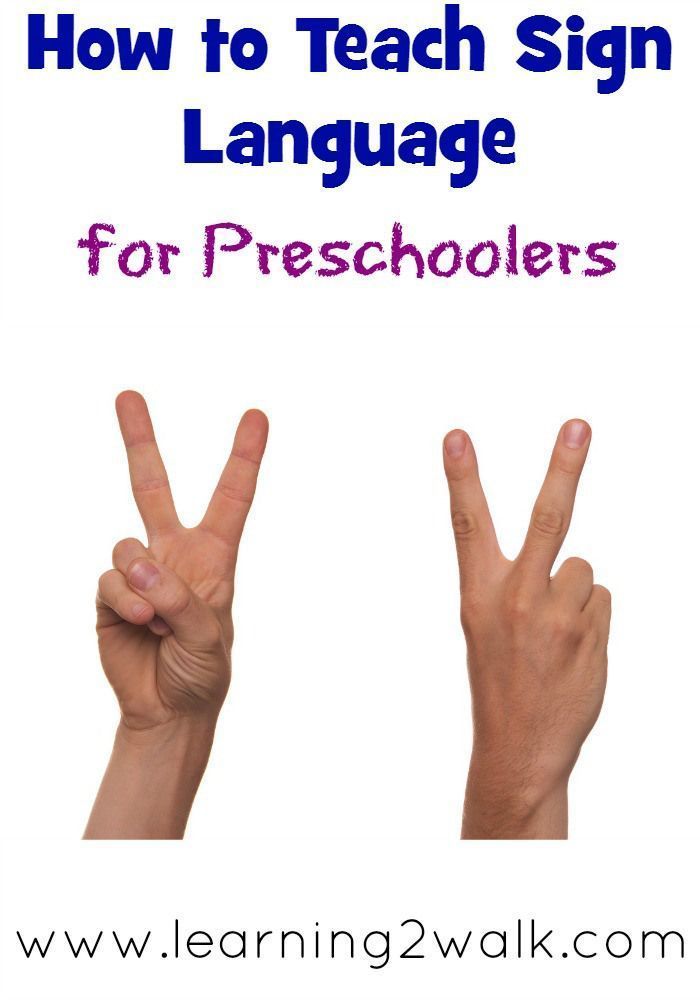 This method can be called truly universal. However, it should be noted that it is hardly suitable for a preschooler under 3-4 years old, since it requires a certain level of knowledge that a child at this age simply does not have. nine0003
This method can be called truly universal. However, it should be noted that it is hardly suitable for a preschooler under 3-4 years old, since it requires a certain level of knowledge that a child at this age simply does not have. nine0003
Reading Whole Words
Learning to read with Glenn Doman's flashcards is a method that is usually used almost from infancy. The essence of the method lies in the fact that from the first months of life, the baby is shown cards with individual words, clearly pronouncing them. Thus, a child from a very early age learns to perceive words as integral language units, and not as a set of separate syllables. Some experts believe that this method also contributes to the development of phenomenal memory. At the same time, it must be remembered that in the future it can lead to difficulties in parsing words by composition. nine0003
Montessori method
The principle of learning to read according to the Maria Montessori system is that the child learns to read with the help of cards with letters made of rough paper. At the same time, the child traces the contours of the letters with his finger, pronouncing the sounds loudly and distinctly after the adult. In addition to the early memorization of letters, this technique contributes to the development of fine motor skills. For this reason, it is often used in specialized Montessori kindergartens and early development groups. nine0003
At the same time, the child traces the contours of the letters with his finger, pronouncing the sounds loudly and distinctly after the adult. In addition to the early memorization of letters, this technique contributes to the development of fine motor skills. For this reason, it is often used in specialized Montessori kindergartens and early development groups. nine0003
Learning with Zaitsev's blocks
Another technique for teaching preschoolers to read that requires the use of visual material. Its role is performed by special cubes. Frequently used syllables are marked on their faces, as well as individual letters, from which the baby is invited to make words. The peculiarity of such cubes is that each of them has a certain size, sound and color. Thus, the preschooler has the opportunity to memorize their characteristics, linking them in the mind to certain letters and words. Given that such activities are exclusively playful in nature, they can be started literally from a very early age.